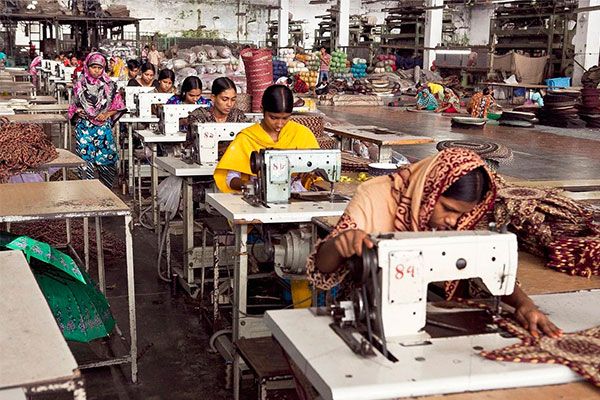India’s government recently released a 7.6 percent comparative growth rate for the third quarter of 2023, making India one of the fastest-growing countries among the world’s major economies. The Bank of India has further raised its GDP growth forecast for the fiscal year 2023/2024 from 6.5 percent to 7 percent whileining an unchanged 6.5 percent interest rate. These figures reflect confidence in the Indian economy but also expose some obvious shortcomings and challenges.
India’s economy has shown strong growth momentum since 2021, especially driven by the manufacturing and construction industries.Modi’s increased government investment, especially in infrastructure construction, is the main driving force for growth.The Indian government has increased capital investment spending for the third consecutive year in the current fiscal year, reaching a growth rate of 33%, reaching 10 trillion rubles (about $120 billion).

In its Global Credit Perspectives 2024 report, Spike said India will remain the world’s fastest-growing major economy for at least the next three years, but it remains a major test for India to become a global manufacturing hub. At present, India’s economy is mainly driven by the service sector, while manufacturing has remained a relatively low share of GDP. The government has promoted manufacturing through initiatives such as the “Made in India” program and the “Production Link Incentive Program” (PLI), especially in some sectors such as mobile phone manufacturing.
However, despite strong GDP growth, the Indian economy still faces many challenges. The Daily Asia Review notes that the growth path of the Indian economy needs to be more inclusive and sustainable in order to promote the common prosperity of the various sectors of the economy. Media such as the Indian Express and the Chestnut also pointed out that despite strong manufacturing growth, agriculture and services perform weakly and private consumption growth slowed.
In addition, India also faces many problems in terms of labor market, tax policy, family economic pressure. Increased unemployment, poor labor quality, increased tax burden aggravate the overall decline in demand, making the overall momentum of the Indian economy look more vulnerable than the growth of GDP figures. The New York Times and Bloomberg data show that Indian women’s employment rate is low, the unemployment rate has risen to a two-year high, and the labour market performs poorly.
In summary, despite India’s significant GDP growth, the problems behind it should not be ignored.The development of manufacturing, infrastructure investment and government policy drive India’s economic growth, but to wider and more inclusive economic growth, India needs to do more in improving the quality of labor, increasing household purchasing power, and improving service and agricultural performance.


 Follow customer service WeChat
Follow customer service WeChat